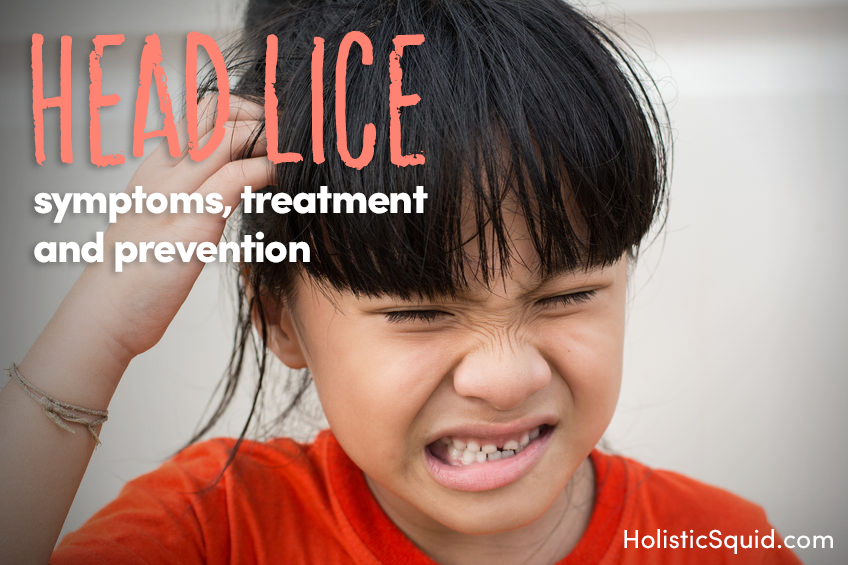
Sometimes kids catch weird germs…or bring home bugs. Like lice – yuck. Though not technically an illness, head lice symptoms are certainly a nuisance and a cause of distress for parents, teachers, and kids alike.
Like me, you may remember the school nurse coming around the school with a comb checking heads for little white bugs the size of sesame seeds. Lice make their home at the base of the hair shafts, lay eggs called “nits” and feed off of the blood of the scalp. Did I say “Eeeww!” yet? Though often wrongly associated with lack of hygiene, in reality, anyone can catch these annoying itchy creatures, regardless of how much you bathe. Lice is most commonly spread during the school season (autumn through spring).
Also known as:
Head lice, Pediculosis
What are head lice symptoms?
Head lice symptoms may include an itchy scalp and head sores from scratching. Small white eggs (nits) firmly attach to hair shafts, especially around the ears and nape of the neck. Adult lice appear grey-white, tan or sometimes brown. They're about 1 – 2 mm long.
Possible complications:
Excessive scratching may lead to skin breaks or sores that could become infected.
Often confused with…
Dandruff, sand or other debris and other skin conditions that cause scalp itching are sometimes mistaken as lice.
How's it spread?
Lice are transmitted by direct head-to-head contact, as in hugging, during wrestling games or anytime kids huddle so close, their heads are together. It is unknown whether lice can be transmitted by sharing pillows, combs, hats, headphones, toys or helmets, since they don't live long away from a host. Pets cannot catch lice.
What's the incubation period?
Nits hatch 7 days after contact. They reach maturity 8 – 10 days later.
How long are you contagious?
Until all lice and nits are destroyed or removed from the scalp. Technically, there's no reason to keep your child out of school due to head lice unless your school mandates you do so. Just advise her to avoid direct contact with other kids' heads and do your best to eliminate the lice as soon as possible.
How to prevent it?
Lice are NOT related to hygiene and don't live more than a 24-48 hours off the scalp, so excessive washing or cleaning won't prevent an infestation. It makes sense and provides peace of mind for most parents to wash any bed linens and clothing in hot water. Non-washables can be bagged in plastic and left for a few days.
The best preventative measure is to instruct your child to minimize close “head-to-head” contact at school, especially if you're notified of an outbreak. As an extra precaution, encourage them not to share combs, brushes or hats.
Check your child regularly so you can treat an infestation right away. Signs include scratching and complaints of an itchy scalp. Red dot bite marks can sometimes be seen on the scalp, behind the ears, and neck.
How to treat it?
Lice and nits cannot be drowned, they must be physically removed, suffocated, or killed with lice shampoos of varying toxicity. Whatever method(s) you choose, be sure to check your child's scalp every few days lice/eggs…
Physical removal: The most effective method is the physical removal of lice and eggs with a special metal comb designed explicitly for this purpose. Believe it or not, in some areas there are also professionals you can hire to get the job done – hence the term “nit picker.” Scalping your child with a buzz cut, may eliminate the problem, but it is not necessary and may create upset for some kids.
Suffocation: An over-the-counter product containing dimethicone (a relatively safe ingredient when used for this purpose) is applied to the head for 10 minutes before performing the physical removal with a lice comb and then washing with normal shampoo. The product both suffocates the lice and facilitates combing by lubricating the hair. This suffocation can also be accomplished with petroleum jelly or mayonnaise – which is messy, must be left in overnight, and often takes days to wash out completely.
Shampoo: Insecticidal shampoos can be toxic and in some cases, the shampoos don't work, as some strains of lice become resistant to the chemicals. Plus, the some insecticidal shampoos only kill live lice, not the eggs, so a follow up treatment at least once more about ten days after initial treatment is necessary to eliminate newly hatched lice. Permethrin shampoo (Nix) is the least toxic and kills both lice and eggs, but those with rag weed allergies should avoid permethrin. Look for natural alternatives with peppermint, like this one from LiceLogic.
Have you or your child had lice? Tell us about it below!


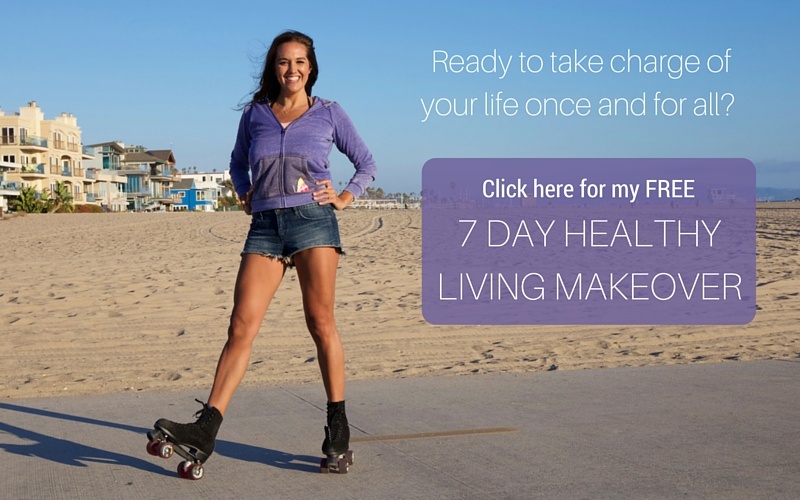
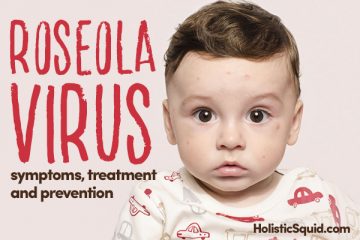
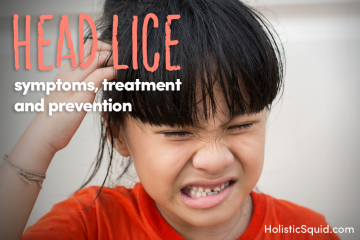
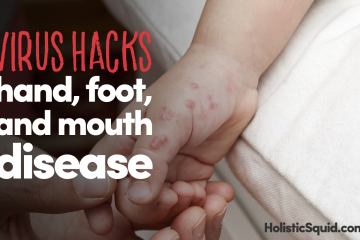
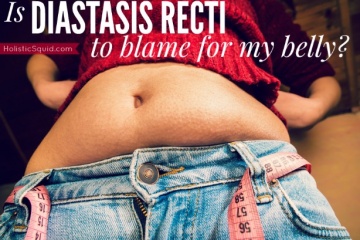
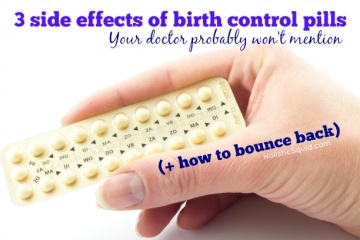
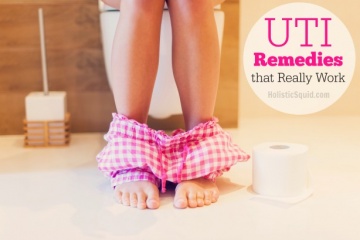

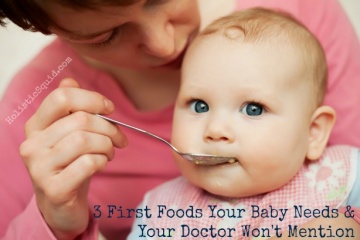
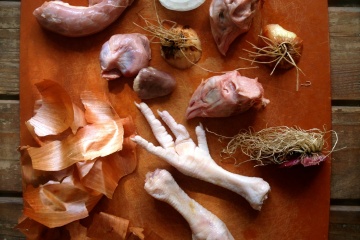
We did foster care for awhile and had children come in with lice. I found the best treatment to be take coconut oil mixed with a few drops of tea tree oil and coat all the hair and scalp. We found it that it made the eggs just fall out of the hair. And we found that hatched ones died….probably from the suffocation. And no yucky chemicals. 🙂
My Pixie has long, blond hair that fairly screams, “Lice come live here!” To combat this, I spray her hair every morning with a water bottle with a few drops of tea tree oil, lavender, and rosemary essential oils in it. It works great—knock on wood!
When my daughters were in school, I used to make it a regular routine during bath-time to wash their hair with tea-tree shampoo, and comb plenty of tea-tree conditioner through with a nit comb. That way, even if they did bring any lice home, they were soon got rid of.
We had a neem oil party a couple of weeks ago with 9 girls, We used neem oil,vegatable oil and shampoo. Going to do it again this weekend so hopefully it will take care of any new ones!
There is another method for removal. We went to a place in London called The Hair Force and they use a heat treatment by this company : http://www.laradasciences.com/
The lady in charge also told me what to look for — lice tend to prefer the area the child sleeps on so if they sleep in a certain position check where their head hits the pillow, that’s where it’s warm and more likely to hang out. She also recommended for girls to have their hair pulled back in a single, high, braided pony tail. Since following her advice my older daughter hasn’t had it again. She also mentioned that children’s hairdressers are notorious for spreading lice, and it’s true my daughter got them after a haircut at a kid’s place. About the pillows, etc she recommended washing the pillowcases initially then after that doing a daily vacuum of hats, coats, car seats, pillows, beds, etc. Much more manageable than trying to wash everything every day.
“Delacet” is an anti-lice mixture that uses tincture of larkspur and something else; quite natural and safe and prevents re-infestations. I know it works cos we used it on me. 🙂
I didn’t realize there was the option to physically remove lice. I only knew of the shampoo version of removing lice. I like that you can get the help of professionals to remove the lice. I would hate to have to result to shaving my head or my daughters head if we ever got it!